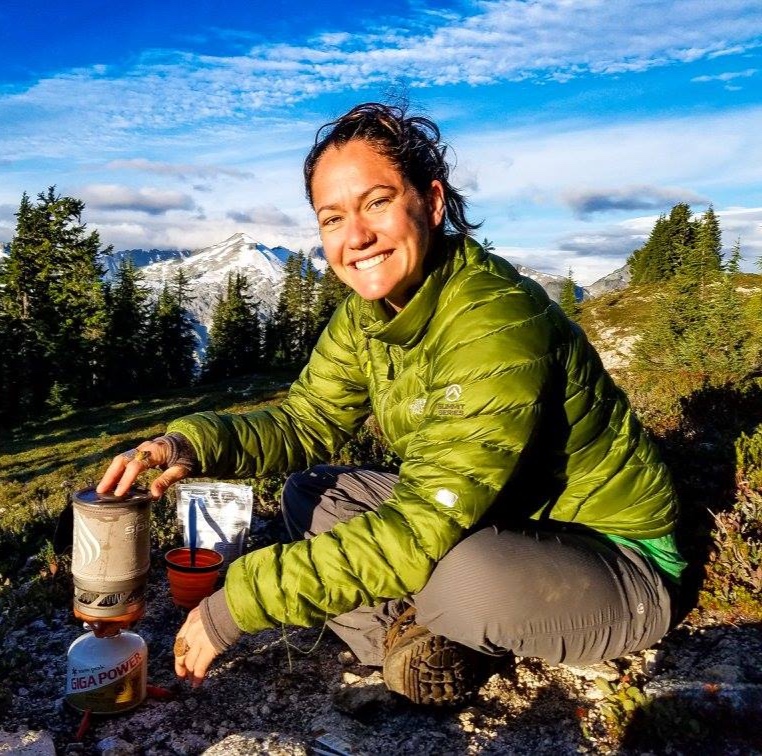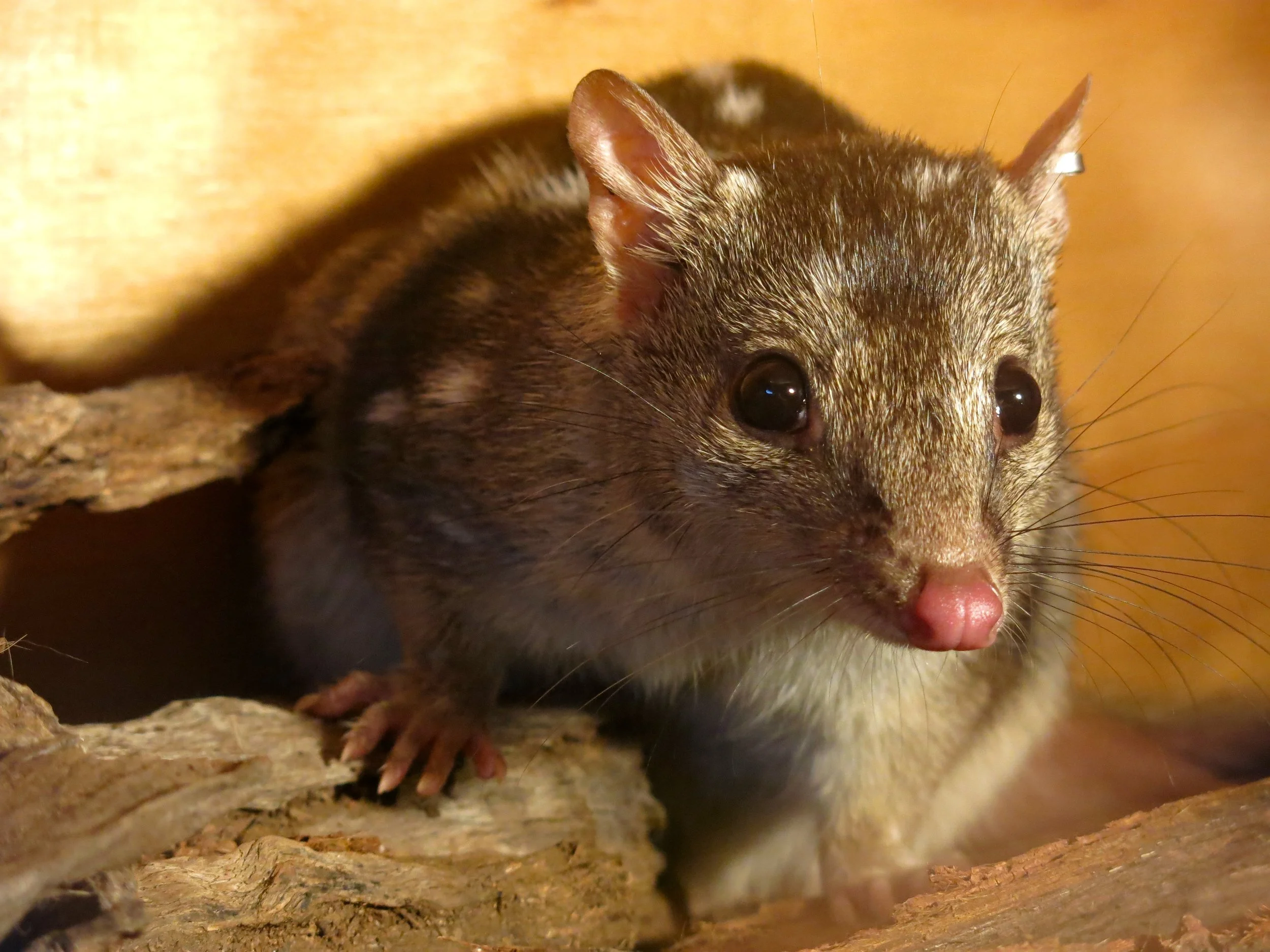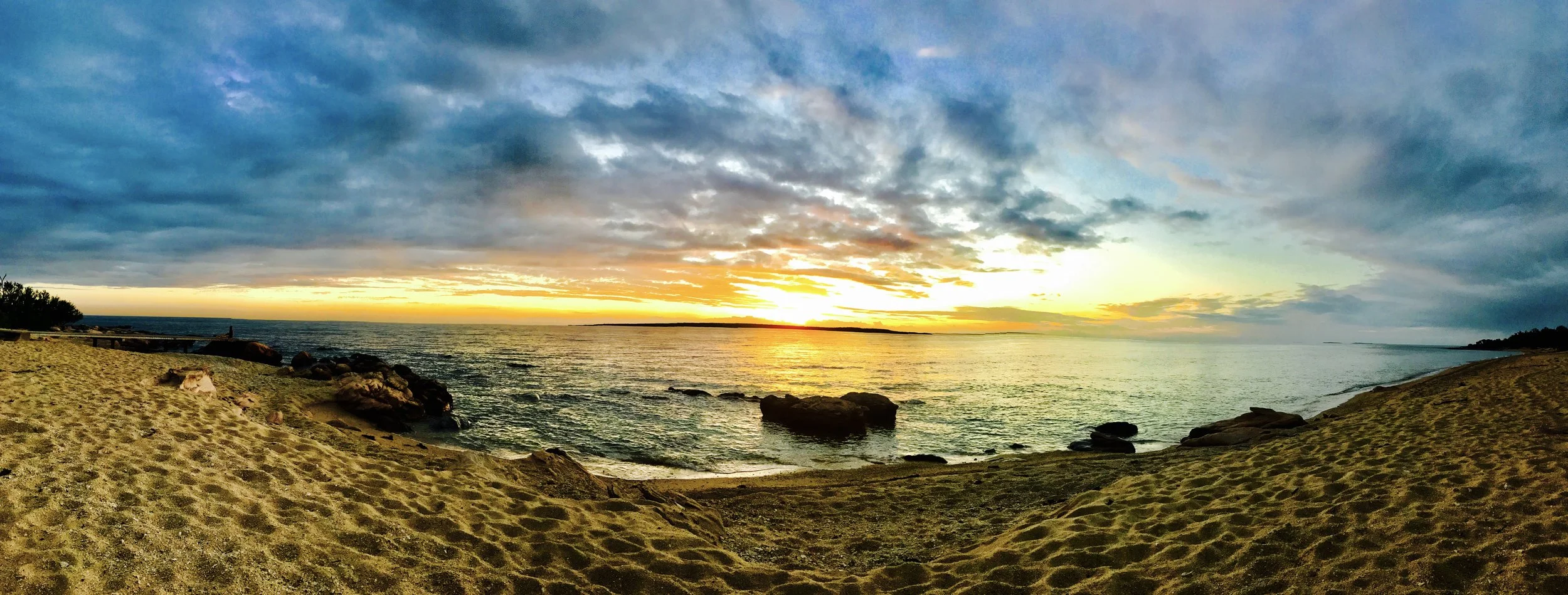Dr Skye Cameron
Research Manager
Postdoctoral Research Fellow
s.cameron3@uq.edu.au
ResearchGate
Twitter - @skyefcameron
Research History
I have over 15 years’ experience in the fields of ecology and zoology, in both government and academic institutions, working in a broad range of ecological systems. My research aims to show how an organism’s form, function and behaviour relates to population-level processes under various environmental pressures, enabling better conservation practices for the preservation of Australian threatened species in urban, agriculture/mining and wild habitats. I integrate the fields of comparative physiology, evolutionary ecology, ecotoxicology and conservation biology to answer complex questions about the evolution of sex specific traits, the role of functional performance in survival and reproductive fitness, and population dynamics under natural and human-induced pressures.
In my current research role within the Performance Lab I (with other team members) use endangered native mammals as model systems on Groote Eylandt, NT, to understand how trace metal contamination impacts the ecology of native Australian wildlife. In addition, we undertake Australia’s most in-depth population monitoring program of the endangered northern quoll (now up to 8 years - assessing 4 times a year) - through investigations into population dynamics, movement ecology, quoll life history and behaviour. Groote Eylandt is home to the Anindilyakwa People and is an Indigenous Protected Area (IPA) of conservation significance, however it also hosts the world’s third largest open cut manganese ore mine.
Me and a sub-adult northern brown bandicoot – as part of our research program looking at the impacts of Manganese on small mammal health on Groote Eylandt, NT
Releasing a northern quoll as part of our long-term monitoring program on the ecology of this endangered species - Groote Eylandt, NT
How I got where I am today…….
My whole childhood I wanted to be a vet. However, I quickly learnt during my Biology undergrad at UQ that the intriguing world of wildlife ecology was where I wanted be. My BSc in Zoology and Wildlife Biology introduced me to the potential for a career of fieldwork and native wildlife – the seed was planted, and continued to grow primarily from a passion for reptiles.
All things reptiles lead me to tackle an Honours project investigating how Eastern water dragons choose the ultimate active or dormancy times across seasons in SE Queensland, with Prof Gordon Grigg and A/Prof Robbie Wilson.
Capturing eastern water dragons to surgically implant data loggers and transmitters to track thermal behaviours and marking dragons as part of my honours research.
After the typical full-on honours year, I took a 2-year hiatus from UQ to work as an Aquatic Scientist for the Queensland Government. I spent many months in the field looking at benthic metabolism and aquatic invertebrates to assess the health and inform councils on management practices of SE Queensland waterways.
After much persuasion (…. a trip to the USA), Robbie Wilson convinced me to return to the university research life - in his Performance Lab of course - reigniting my passion for all reptiles and the evolution of thermal biology. So, I embarked on what would turn into a 6-year endeavor to get my PhD - on the topic of sexual evolution of morphology and performance in the Asian house gecko. My PhD was stretched to the max as I crammed in mammoth data collection periods, multiple field-based tutoring trips and international conferences…..with tacked on adventures around the world.
Skye working with the Koloa research team - tagging animals in SE Queensland
Hiking in Utah, USA watching the sunrise in Canyon Lands NP and working with Inta wari yasi – Ambue Ari – rehabilitation of wildlife in Bolivia.
At the tail end of my PhD, I fell into my role as THE Performance Lab’s Research Manager. Our lab was growing rapidly with a diverse array or research programs and management was required - in particular for the large remote fieldwork contingent of our lab on Groote Eylandt, NT – rock-hopping with endangered northern quolls and the islands other small mammals.
Once completing my PhD, I started my first post-doc position testing the interplay between oxygen and thermal extremes limiting the performance and success of the Eastern mosquito fish. And now, while continuing my Research Manager role, I am into my 6th year of another post-doc on Groote Eylandt, NT - investigating the role of trace metal contamination in the ecology of native Australian mammals. While also teaching the new cohort of PhD, Masters and Honours students.
So it seems Robbie’s persuasive powers will have me stay in the Performance Lab at least a few more years to come….if he continues to let me travel.
Trapping and processing Northern quolls – Groote Eylandt, NT
Personal Interests
I am addicted to traveling and experiencing what this wonderfully diverse world has to offer. I am an avid nature seeker and always try to incorporate as much wildlife viewing, photography, trekking and exploring on my adventures. When I travel, my passion for wildlife conservation grows exponentially as I see what the world is sadly losing. And it is for this reason I am aiming to drive my research and career in a conservation management direction.
Hanging with a Brown lemur in Madagascar, hiking the Overland Track in Tasmania and meeting my foster-orphaned elephants at the David Sheldrick foundation in Kenya.
In my spare time my passion for a calm state of mind in our hectic world drives my love Yoga and teaching others about the great benefits of connection between mind and body.
Yoga in Namibia desert and on the jetty of Groote Eylandt.
Publications
8. Heiniger J, Cameron SF, Madsen T, Niehaus AC and Wilson RS (2019) Demography and spatial requirements of an intact island population of the endangered northern quoll (Dasyurus hallucatus). Wildlife Research (Accepted - WR19052).
7. Clemente CJ, Dick TJM, Wheatley R, Gaschk J, Amir Abdul Nasir AF, Cameron SF and Wilson RS (2019) Moving in complex environments: a biomechanical analysis of locomotion on inclined and narrow substrates. Journal of Experimental Biology doi: 10.1242/jeb.189654 Link to paper.
6. Abdul Nasir AF, Cameron SF , Niehaus AC, Clemente CJ, von Hippel FA and Wilson RS (2018) Manganese contamination affects the motor performance of wild northern quolls (Dasyurus hallucatus). Environmental Pollution 242:55-62. doi.org/10.1016/j.envpol.2018.03.087 Link to paper
5. Heiniger J, Cameron SF and Gillespe G (2018) Evaluation of risks of feral cat baiting for non-target native mammal species in the Top End of the Northern Territory, Australia. Wildlife Research 45(6):518-527 doi.org/10.1071/WR17171 Link to paper.
4. Charters JE, Heiniger J, Clemente CJ, Cameron SF, Nasir AFA, Niehaus AC and Wilson RS (2018) Multi-dimensional analyses of physical performance reveal a size dependent trade-off between suites of traits . Functional Ecology doi:10.1111/1365-2435.13115 Link to paper.
3. Cameron SF, Wheatley R and Wilson RS (2018) Sex-specific thermal sensitivities of performance and activity in the Asian house gecko, Hemidactylus frenatus. Journal of Comparative Physiology B. doi.org/10.1007/s00360-018-1149-2 Link to paper.
2. Abdul Nasir AF, Cameron SF , von Hippel FA, Postlethwait J, Niehaus AC, Blomberg S and Wilson RS (2018) Manganese accumulates in the brain of northern quolls (Dasyurus hallucatus) living near an active mine. Journal of Environmental Pollution 233: 377-386. doi.org/10.1016/j.envpol.2017.10.088 Link to paper.
1. Cameron SF, Wynn, ML and Wilson RS (2013) Sex-specific trade-offs and compensatory mechanisms: bite force and sprint speed pose conflicting demands on the design of geckos (Hemidactylus frenatus). Journal of Experimental Biology 216, 3781-3789.
Publications in review
Rew-Duffy M, Cameron SF, Freeman NJ, Wheatley R, Latimer J and Wilson RS (2019) Greater agility increases probability of survival in the endangered northern quoll. Functional Ecology (In Review).
Thomas H, Cameron SF, Campbell HA, Micheli-Campbell MA, Kirke EC, Wheatley R and Wilson RS (2019) Rocky escarpment outcrops versus savannah woodlands: comparing diet and body condition as indicators of habitat quality in the endangered northern quoll (Dasyurus hallucatus). Wildlife Research (In Review).
Del Simone KM, David GK , Cameron SF, Moromizato KH, Allen C, Wheatley R and Wilson RS (2019) Variation in elemental concentrations in hair using LA-ICP-MS: comparing methods and species differences. Methods in Ecology and Evolution (In Review).
Amir Abdul Nasir AF, Niehaus AC, Cameron SF,Ujvari B, Madsen T, von Hippel FA, Gao S, Billon DM, Heiniger J, Charters JE, Blomberg S and Wilson RS (2019) Manganese exacerbates seasonal health declines in a suicidally-breeding mammal. Proceedings of the Royal Society B (In Review).
Cameron SF and Wilson RS (2019) Latitudinal variation of sex-specific morphological and functional performance in Hemidactylus frenatus. Evolutionary Biology (In Review).
Featured Media
Collaborative work the NT Government evaluating risks of cat baiting on two mammals species - read the paper here!
News release in the Anindilyakwa Land Council April newsletter - featuring some of the quoll-ity research from Groote - check it out here
No matter how many sunsets on Groote you see - each and everyone can still take your breath away! - Photo by Skye














